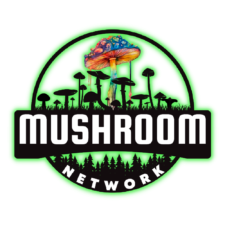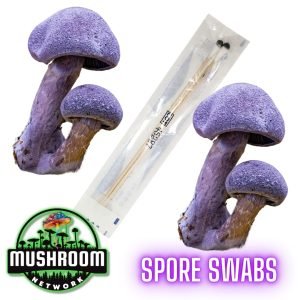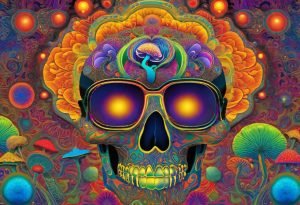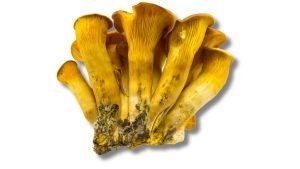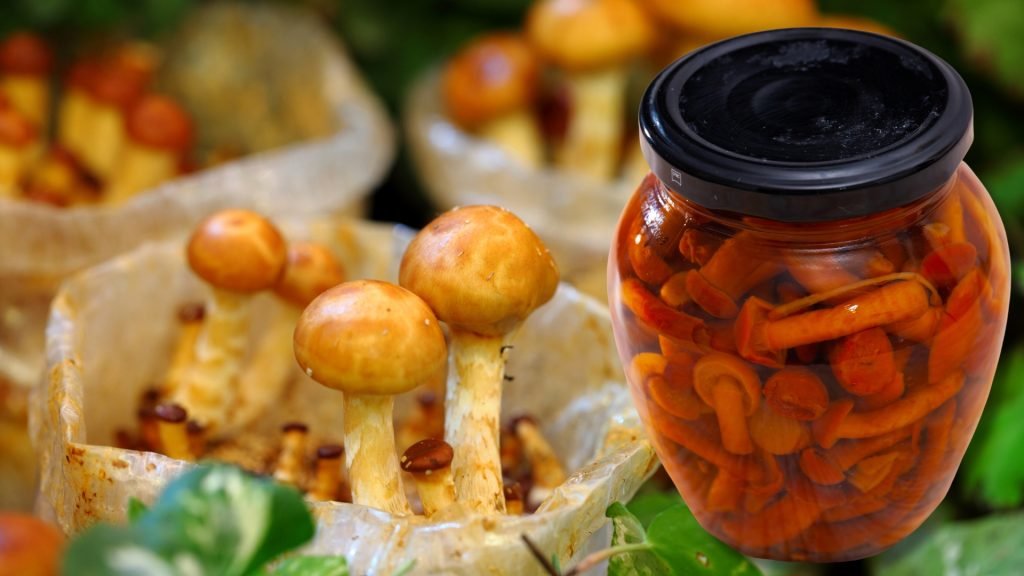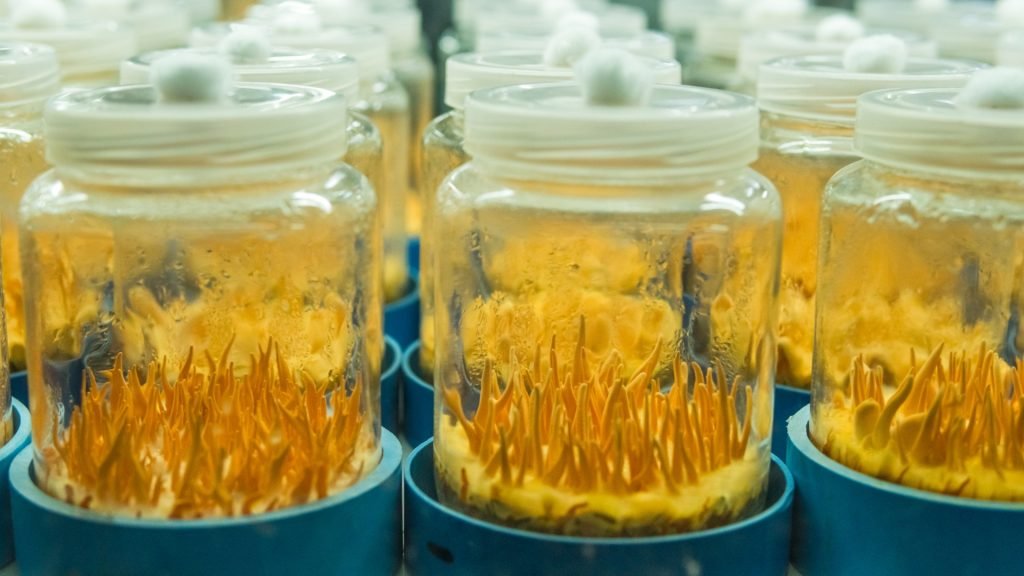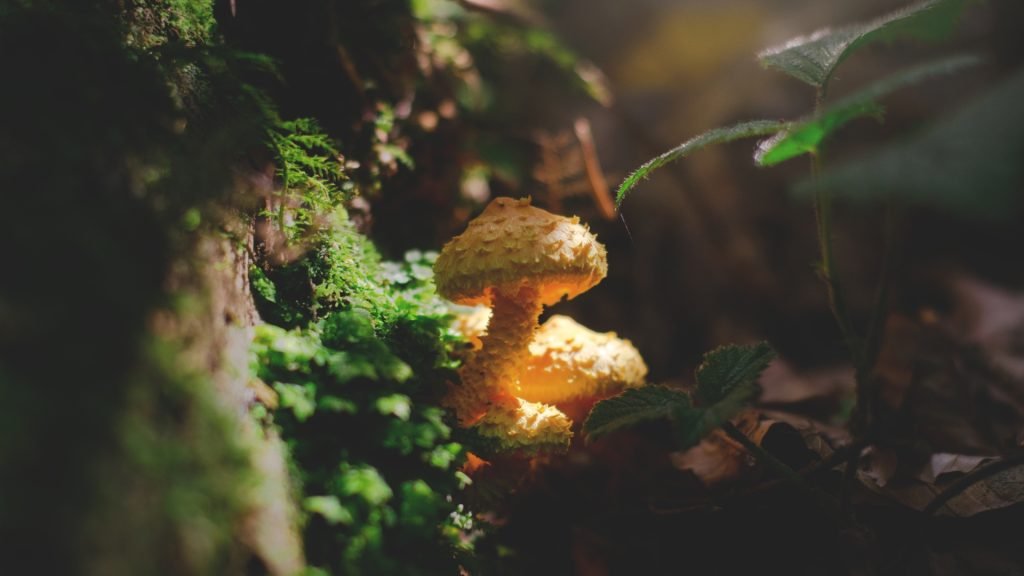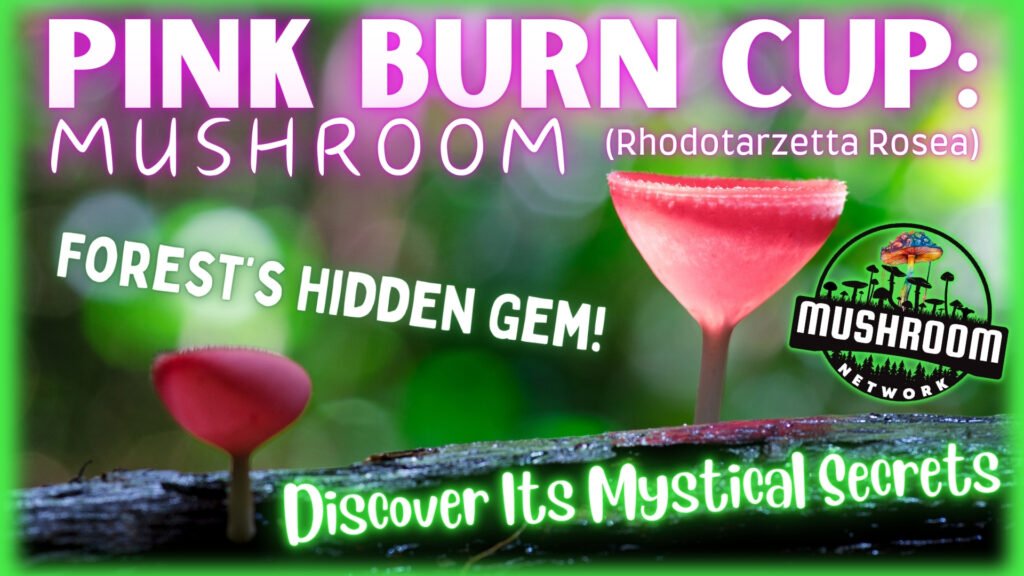Psychedelic fungi, nature’s clandestine gem, have long captivated humanity’s curiosity, intertwining with our culture, art, and debates. Their mysterious allure, symbolized notably by species like Psilocybe Azurescens and Panaeolus Cyanescens, transcends biology, echoing in the corridors of popular culture from the rebellious ’60s to today’s therapy rooms.
Emerging from Nature’s Closet:
The allure of psychedelic fungi is not solely a product of recent centuries. Ancient tribes and civilizations, from the Mazatecs in Mexico to indigenous tribes in Siberia, revered these fungi for their visionary properties. However, their modern rise in the Western world, especially in pop culture, stems from a cocktail of scientific curiosity, anti-establishment sentiment, and a thirst for spiritual awakening. The ’60s counter-culture movement, with its vibrant tapestry of music, art, and political rebellion, became a turning point, thrusting these fungi into the limelight.
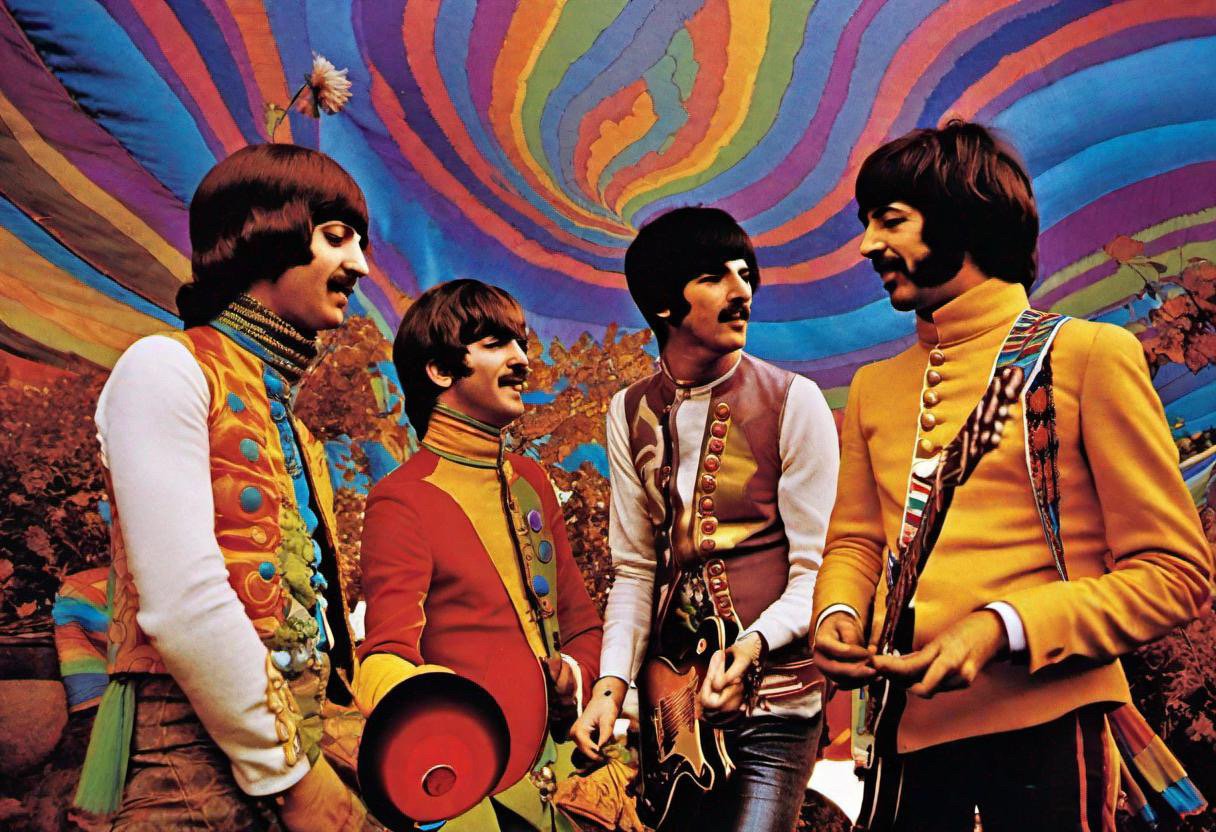
The ’60s and Counter-Culture:
The 1960s heralded a seismic shift in societal values. With the Vietnam War’s backdrop and civil rights movements, there arose a collective yearning for peace, love, and understanding. Psychedelic fungi became symbolic, representing an escape from societal constraints and a pathway to higher consciousness.
Musicians like the Grateful Dead, Jimi Hendrix, and The Beatles subtly (and sometimes not so subtly) wove references to psychedelics into their music. Panaeolus Cyanescens (Blue Meanies) even found a cheeky nod in The Beatles’ animated film, “Yellow Submarine,” showcasing how mainstream the topic had become.
Art and literature, too, felt the influence. Works like Tom Wolfe’s “The Electric Kool-Aid Acid Test” captured the zeitgeist of an era where psychedelics, including fungi, were at the forefront of cultural exploration. From festivals like Woodstock to San Francisco’s Haight-Ashbury district, the love for these mushrooms was palpable.
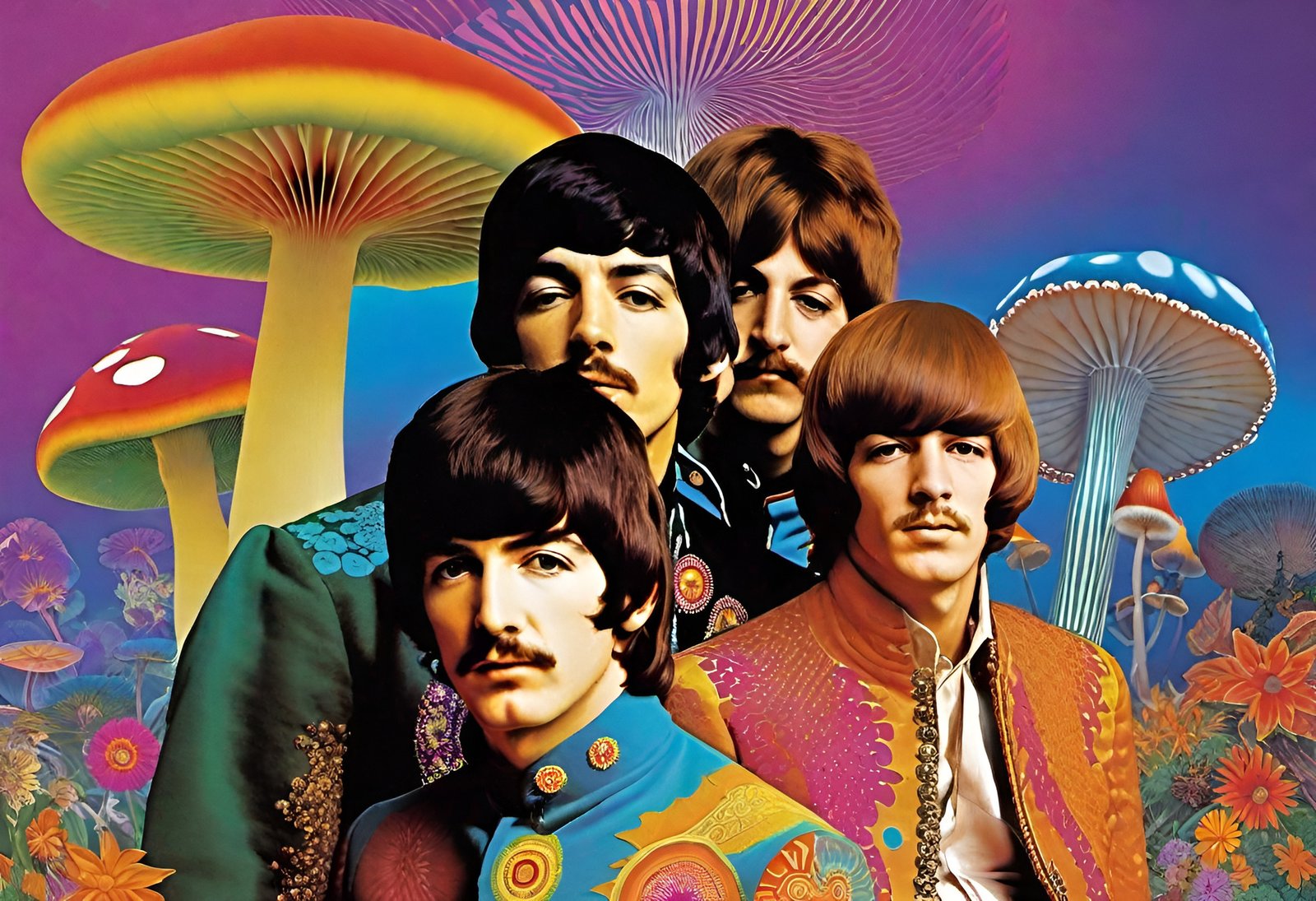
Stigmatization and Media Portrayal:
However, as with many things in pop culture, the pendulum swings. The 1980s and ’90s saw a decline in the favorable view of these substances. A wave of anti-drug campaigns, often driven by misinformation, demonized them. This era showcased them as dangerous, leading users astray, and offering nothing but empty hallucinations. Films and TV shows began portraying users as burnouts or lost souls.
Yet, even within these cautionary tales, there remained an acknowledgment of their cultural significance. The very fact that they were being discussed, even negatively, underlined their enduring presence in the public psyche.
In particular, Psilocybe Azurescens (Flying Saucer Mushroom), known for its potent psilocybin content, became emblematic of the powerful, sometimes overwhelming effects these fungi could induce. Media often sensationalized such experiences, sidelining the cultural and spiritual contexts that many users held dear.
The universe of mushrooms is expansive, each variant bearing its own unique charm and characteristics. The Marketplace on the 🍄 Mushroom Network is a testament to this diversity. It is a haven for those seeking a deeper understanding of the magical world of mushrooms. If you’re keen on learning more about this type of mushroom and other mushroom variants, this Marketplace is your ultimate resource.
Resurgence and Therapeutic Potential:
The 21st century has witnessed a renaissance in the perception of psychedelic fungi. Science, once a tool to warn against their use, now heralds their therapeutic potential. Groundbreaking research indicates their efficacy in treating conditions like PTSD, depression, and anxiety.
Documentaries, podcasts, and literature have proliferated, discussing both the cultural history and the future of psychedelics. Notably, Michael Pollan’s “How to Change Your Mind“ offers an in-depth exploration, blending science, history, and personal experience.
Moreover, the world of cinema and television is revisiting psychedelics. Shows like “The Midnight Gospel” tackle deep philosophical discussions, sometimes under the influence of these very substances. Rather than mere escape, they’re now portrayed as tools for introspection, healing, and personal growth.
Not sure where to start? The 🍄 Mushroom Academy offers a wide range of courses tailored to your needs. Whether you’re a beginner eager to learn or an experienced mycologist looking to broaden your knowledge, the 🍄 Academy has something for everyone.
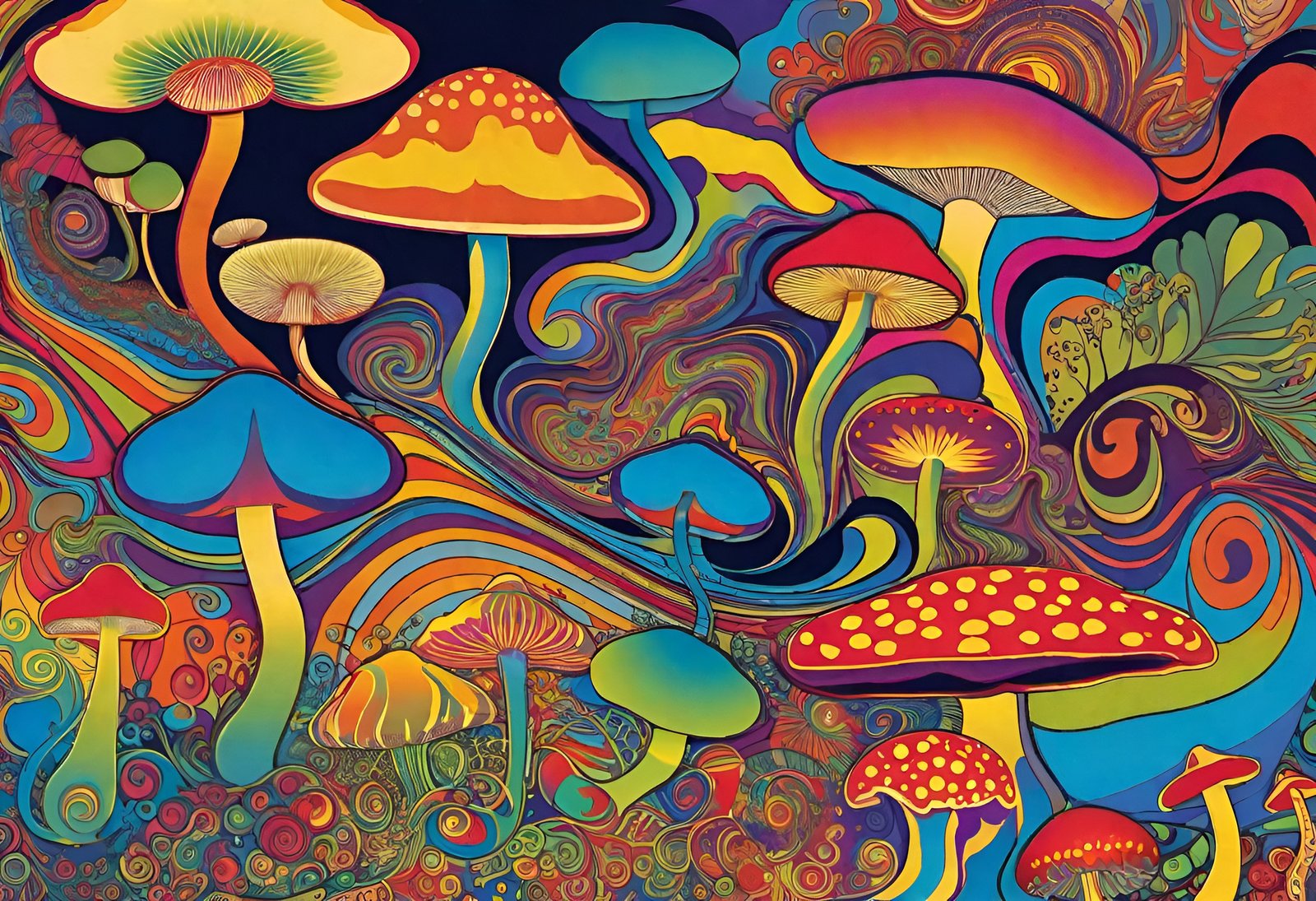
Evolving Narratives:
The journey of psychedelic fungi through the annals of pop culture is emblematic of society’s broader evolution. From symbols of rebellion to misunderstood outcasts, and now, potential therapeutic marvels, they mirror our changing values, fears, and hopes. As the dialogue continues, one thing remains clear: these fungi, with all their mystique, are here to stay in our cultural narrative.
Don’t forget to check out the 🍄 Mushroom Network’s Marketplace to see what’s available. But hurry, our shelves are constantly evolving, and you wouldn’t want to miss out on this wonderful mushroom. Join our growing network of Patrons, Genetics, and Mycologist Vendors only on the 🍄 Mushroom Network!
Recommended Reads:
The Sentient Spores: The Philosophy of Fungal Consciousness
What is consciousness? Philosophers, scientists, and thinkers have grappled with this question across epochs. Yet,...
Read More...Alien Communication: Do Mushrooms Help in Interstellar Dialogue?
About This Article: Could mushrooms be the original ‘ET phone home’ device? Read on to...
Read More...Jack-O’-Lantern Mushroom (Omphalotus Olearius)
SCIENTIFIC NAME: (Omphalotus Olearius) COMMON NAME(S): Jack-O’-Lantern I-NAME: JOL SPORE COLOR: PALE-YELLOW Deep within the...
Read More...Ancient Shroom Rituals: The Fungi of Lost Civilizations
The relationship between humans and mushrooms stretches far beyond modern culinary and medicinal applications. Delving...
Read More...Whoa there, Spore Sport! 🍄 Looks like you’re not logged in yet. Don’t you know what you’re missing? MYCO-CREDITS! Imagine all the fungal fun you could have. It’s like finding a Morel in May and not picking it. Tragic, right? Log In or Become a Myco-Patron and start racking up those credits. It’s more rewarding than finding a mushroom in your backyard! 🌟🏡
